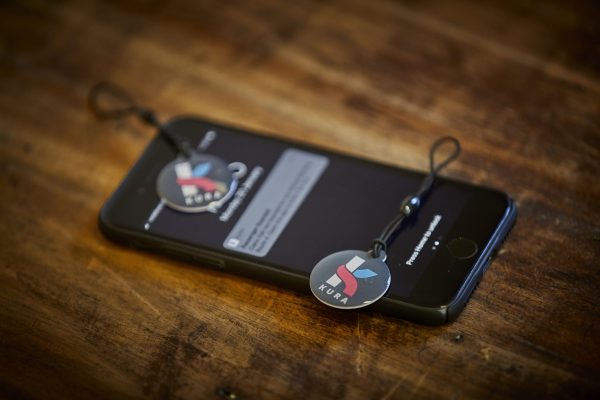The school run, that has remained largely unchanged for decades, is crying out for disruption. Our own research has shown that 48% of parents believe that traffic fumes near their children’s school are a serious threat to their children’s health, and more than a third (34%) claim that having to deal with the school run in its current state is a regular source of stress and arguments.
Subsequently, insufficient provision of home-to-school transport and concerns around letting children travel to school without trusted supervision can mean that they feel that driving is the only option. This has in turn led to as many as a quarter of the cars releasing toxic emissions during rush hour being attributable to the school run.
So, how do we go about reversing this toxic trend? As is the case in so many other industries, effective use of innovative technologies could provide the key – particularly in the transport industry.
Machine learning is already being used to demonstrate how much CO2 is created whilst a car is idle at a traffic light or junction. This could potentially pave the way for innovative emission-saving technology in newer transport system models.
Artificial Intelligence (AI) can also be put into use on the roads, particularly during busy and congested times. Leading brands are already developing prototypes for this, with a traffic monitoring system that uses algorithms in tandem with cameras to estimate the traffic flow. This means traffic lights can be adjusted to optimise the number of vehicles stopping and for how long, depending on how much traffic build-up there is. This can help reduce emissions by preventing unnecessary braking from drivers, therefore creating a better flow of vehicles.
At Kura, we know all about just how powerful technology can be when leveraged in the right way, which is why we built our solution from the ground up to take advantage of the most intelligent technologies out there.
In order to encourage greater uptake of shared home-to-school transport, schools must first establish a clear picture of the pupil and parental pain points and then provide an innovative solution – and that’s exactly what we do.
For example, our advanced route optimisation technology has the ability to analyse school travel routes and identify the quickest, most efficient travel times whilst avoiding areas of congestion or delays, thus allowing routes to be adapted, reducing journey mileage. Not only does this improve a schools’ carbon footprint, it means that pupils spend more time learning in the classroom – not stuck in traffic!
Pupil safeguarding is another key concern, as parents are essentially left in the dark a lot of the time when their child is travelling between home and school. Using our revolutionary geofencing technology and powerful Kura app, schools can also now collect accurate data regarding school journeys of all participating students, and parents or guardians can even track their child’s journey in real-time.
In the case of unavoidable delays, parents can be alerted when their child’s coach service is running late via the app, helping to ease morning stress while also meaning that kids don’t have to be left at their coach stop on their own. Given that 43% of parents told us that they would be greatly reassured by knowing exactly when their child arrived at home or at school, technology such as this can provide a crucial source of competitive advantage for schools looking to attract pupils – particularly in the independent sector.
The benefits of reducing school run-related car usage in this way are extensive: emissions and congestion are decreased, transport costs for the school or local authority are minimised, and the onerous school run burden is eased for parents.
Simply enough, in our increasingly-digitalised society, technology is only likely to have an ever greater impact over time – something we’re particularly likely to see in the transport space as traditionally-fuelled vehicles are phased out and we draw closer to Government’s legally-binding target of net-zero emissions by 2050. Curious about how tech can transform your school’s transport offering? We want to show you the way. Get in touch and let’s work together to drive a cleaner, greener, safer school run.

